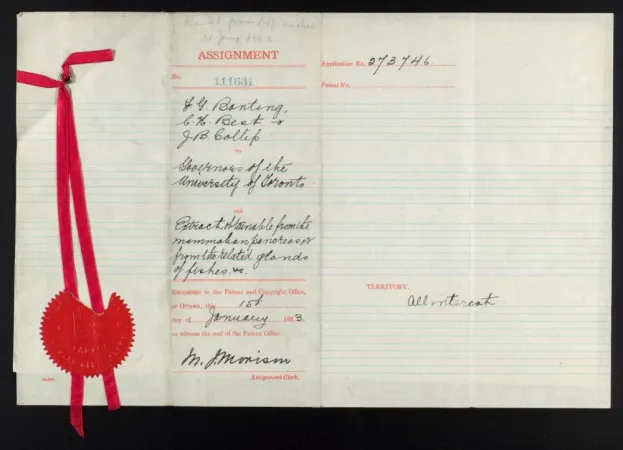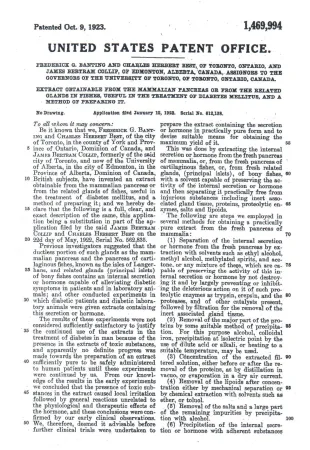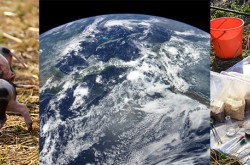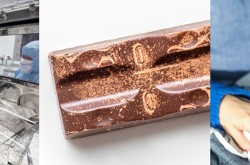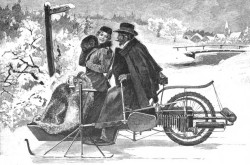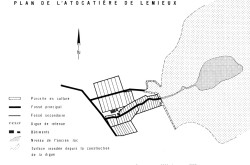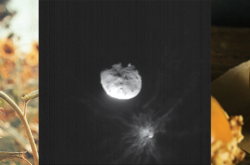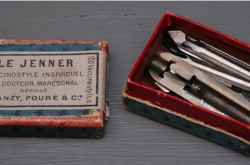James Collip: his little known role in insulin's discovery
This article was originally written and submitted as part of a Canada 150 Project, the Innovation Storybook, to crowdsource stories of Canadian innovation with partners across Canada. The content has since been migrated to Ingenium’s Channel, a digital hub featuring curated content related to science, technology and innovation.
In 1921 James Collip, a University of Alberta researcher and professor came to work at JR Macleod’s lab in Toronto during a sabbatical leave. Banting and Best, who also worked in Macleod’s lab, had discovered an extract (they called isletin) that effectively treated diabetic animals but were struggling to purify it for human use.
Macleod asked Collip, a biochemist, to help. Collip devised a way to purify the extract and in one month had produced enough for human trials. After testing it on themselves, Banting and Best gave Collip’s purified insulin to a 14-year-old severely diabetic boy at Toronto’s General Hospital. It saved the boy’s life. Collip, Banting and Best patented insulin and sold it to the University of Toronto (U of T) for $1. U of T partnered with American pharmaceutical company, Lilly, to mass produce the purified insulin and make it available worldwide. Insulin has saved millions of lives worldwide. While Collip’s purification process was key to insulin’s development and he’s named on the Canadian and US patents, Collip was modest and rarely discussed his role in its discovery.
Canadian diabetes research since 1921
While UAlberta’s role in diabetes research and innovation began with James Collip it has continued since synthetic insulin’s discovery. From UAlberta’s The Edmonton Protocol in 1989 to two most recent research discoveries—discovery of a type 2 diabetes ‘dimer switch,’ and using blue light to simulate engineering fats cells to secret insulin, an idea that could lead to needle-free management of Type 1 diabetes (patent pending).




